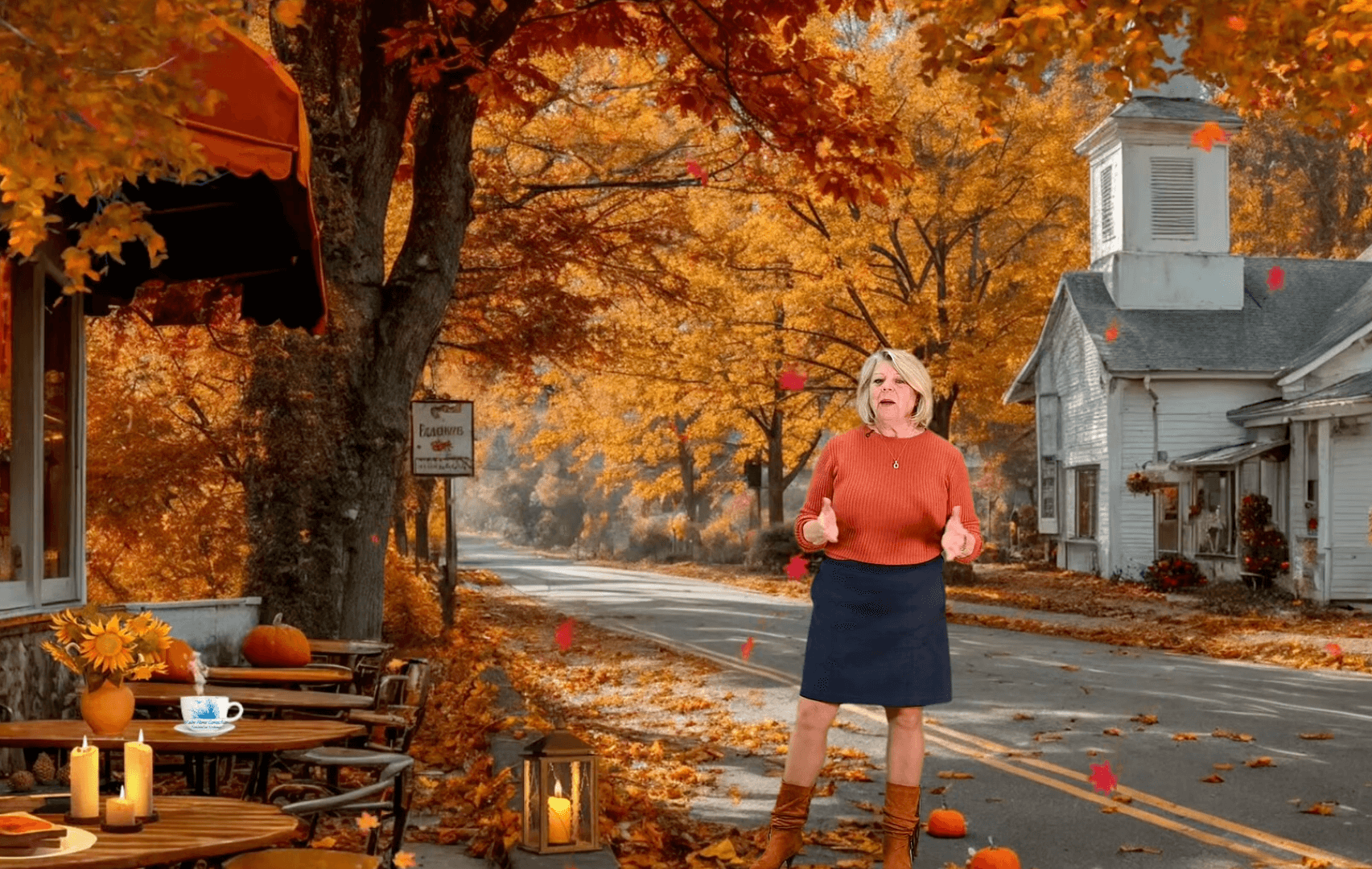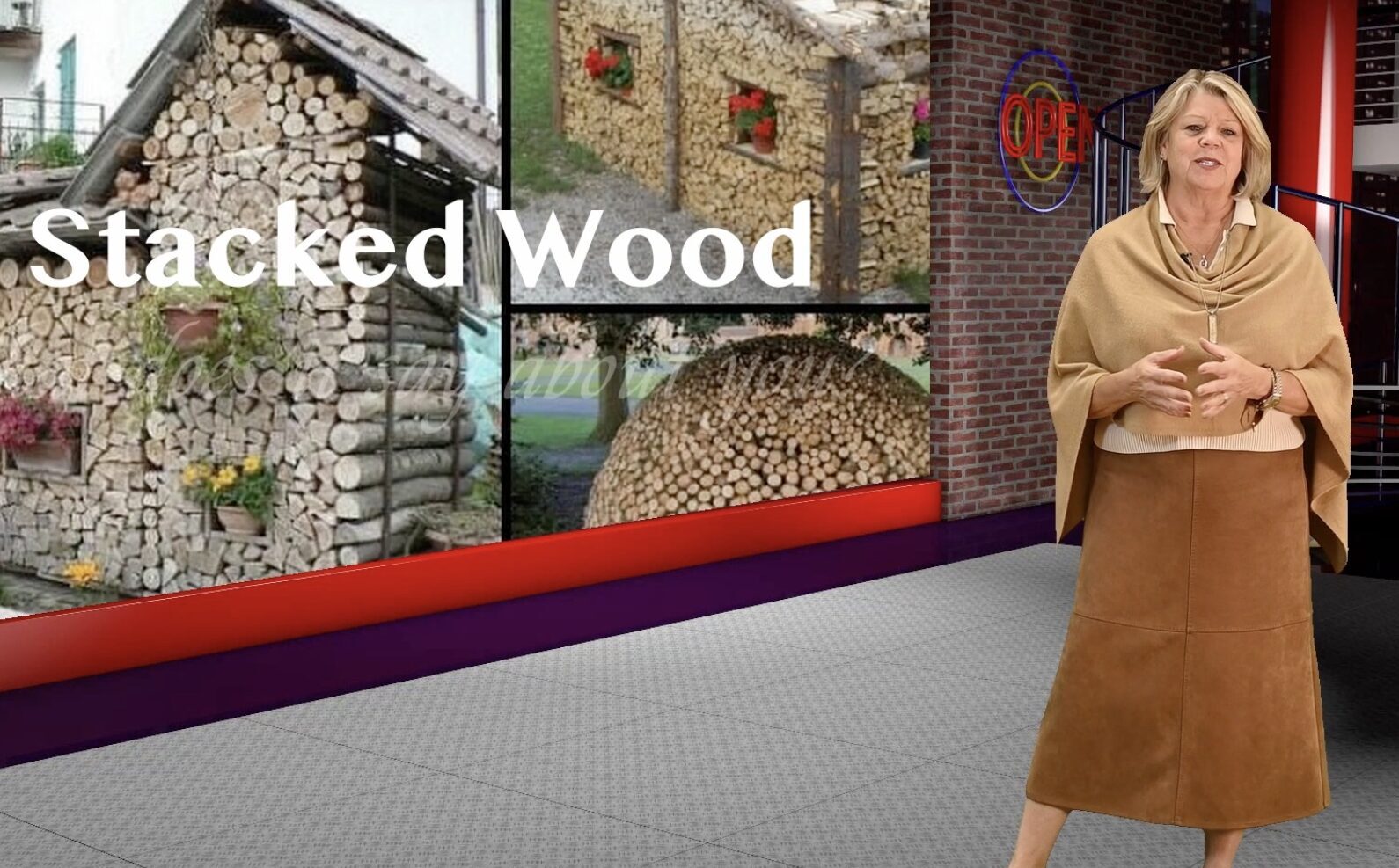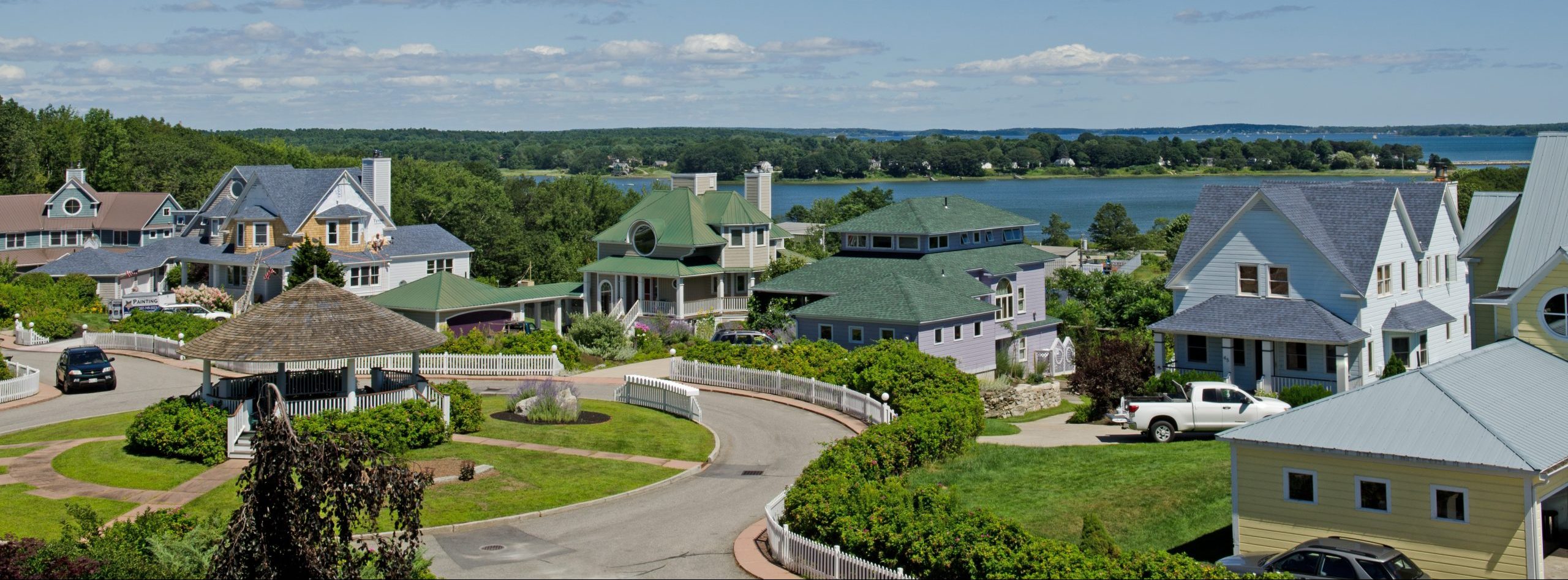At Maine Home Connection, we’re always keeping an eye on where the real estate industry is headed—and how it intersects with the way people want to live. A recent report from the Global Wellness Institute (GWI) outlines six trends shaping the future of housing—trends that speak directly to what we’re seeing in Maine and beyond: a desire for healthier spaces, smarter design, and more connected communities.
1. Designing for Brain Health
Our surroundings affect how we feel, think, and age. It’s a concept now being explored through “neuro-architecture”—an approach to building that considers biophilic design, natural light, soundscaping, and sensory elements that support mental clarity and emotional well-being. With Maine’s access to natural beauty and emphasis on clean living, it’s a natural fit. As our population ages, homes that promote cognitive health are becoming more essential.
2. AI Meets Wellness at Home
Smart home technology is evolving from convenience to care. By integrating AI and connected devices, homes can adapt to the needs of their occupants—tracking air quality, sleep patterns, energy usage, and even food freshness, all while promoting healthier routines. Think beyond the smart thermostat—this is a complete wellness ecosystem. Maine’s newer builds and retrofits alike are starting to embrace these intelligent systems in both individual homes and community amenities.
3. Live, Work, Zen
Today’s homeowners want more from where they live—walkability, access to nature, and a balance between productivity and peace. GWI calls this trend “Live, Work, Zen,” and we’re seeing it play out in the growing appeal of mixed-use neighborhoods and village centers.
4. Building for Climate Resilience
In coastal regions like ours, climate resilience isn’t theoretical—it’s essential. GWI highlights developments that incorporate renewable energy, green infrastructure, and adaptive site planning as models for the future. Communities like Babcock Ranch in Florida, which withstood major hurricanes with minimal disruption, show what’s possible. The takeaway? Buyers are not just looking for beauty—they’re looking for homes that can withstand the unexpected.
5. Homes for the AI-Native Generation
Gen Z is buying homes—and Gen Alpha is not far behind. These digital-first generations are looking for spaces that blend work, play, and rest under one roof. They want flexibility, wellness integration, and smart technology that feels intuitive. That might mean modular layouts, multifunctional rooms, or even phygital (physical + digital) features. The challenge will be balancing affordability with innovation—but the demand is clear.
6. From Placemaking to Placekeeping
Here in Maine, we know the value of place. It’s not just about the house—it’s about the neighborhood, the history, the vibe. GWI’s report highlights a shift toward design that honors local culture and community identity. Whether revitalizing an older neighborhood or developing a new one, success comes from working with—not just for—the people who live there. It’s about authenticity, not homogeneity. As one designer put it: “Spaces should signal that your story matters here.”
These trends aren’t just global—they’re local. At MHC, we believe that wellness, sustainability, and a sense of place aren’t buzzwords—they’re what make a house a home. And they’re shaping the way we think about real estate today—and tomorrow.
Let us know if you’d like to explore properties or communities embracing these ideas, right here in Maine.
Moving to Maine?









